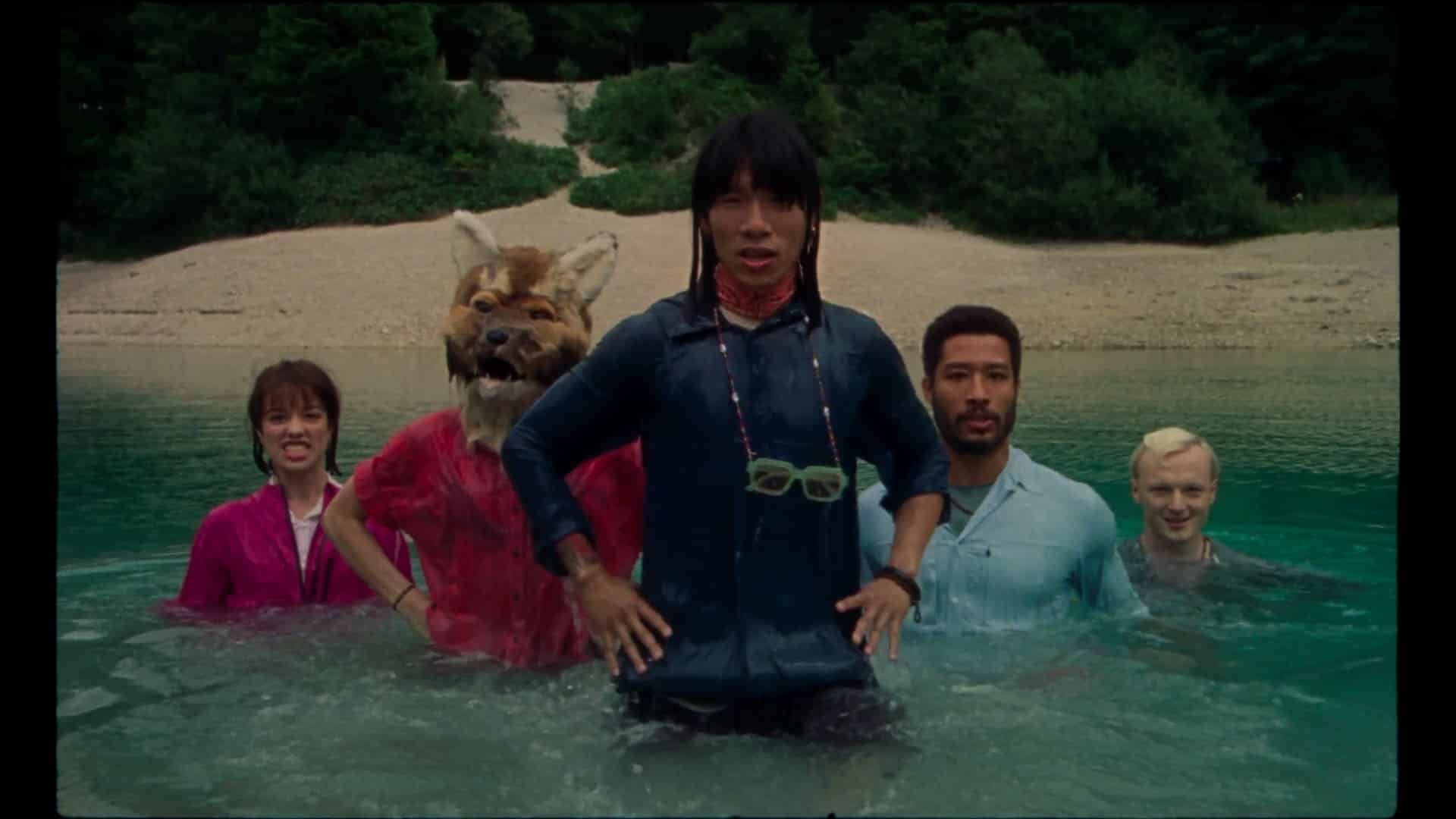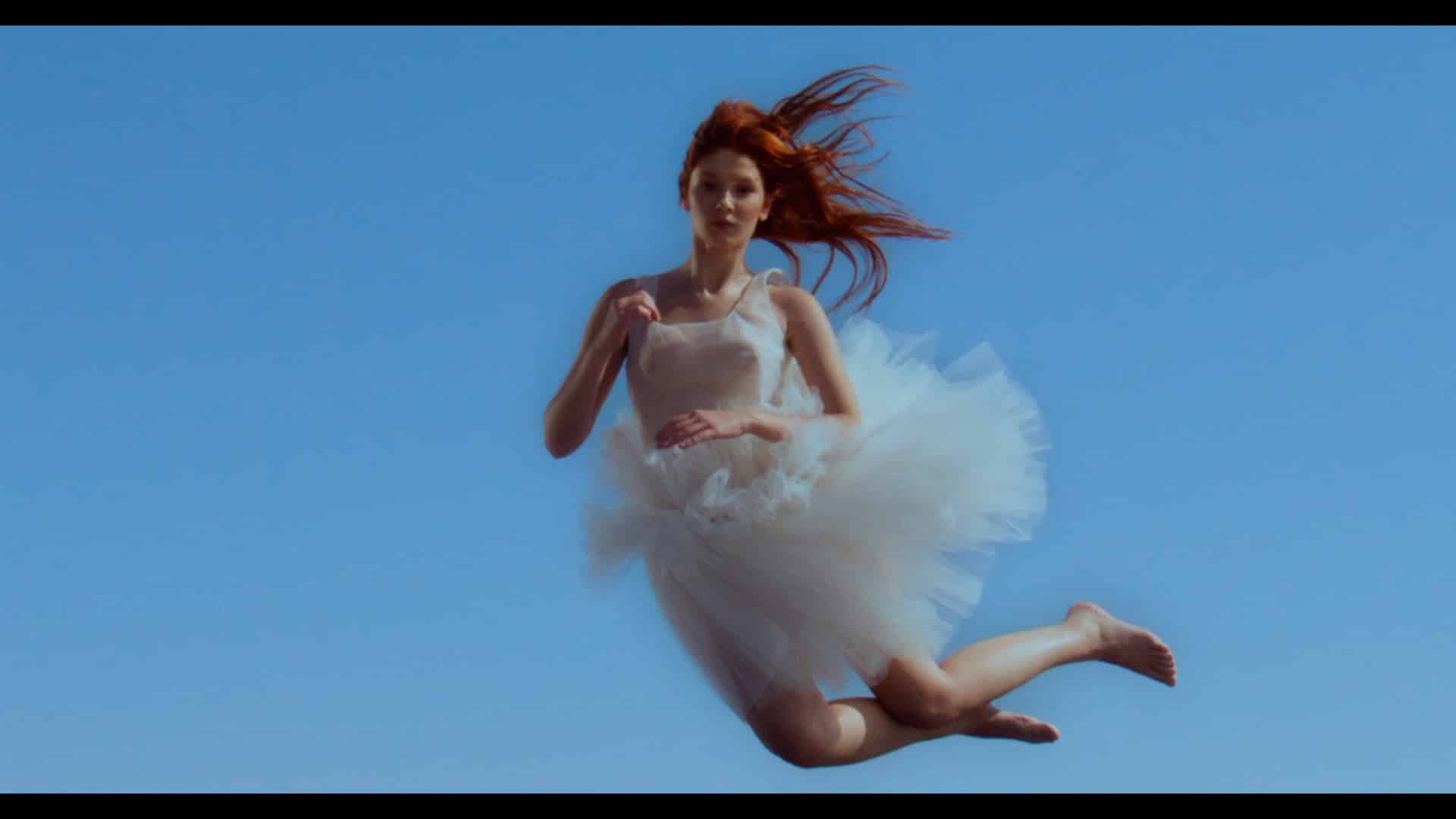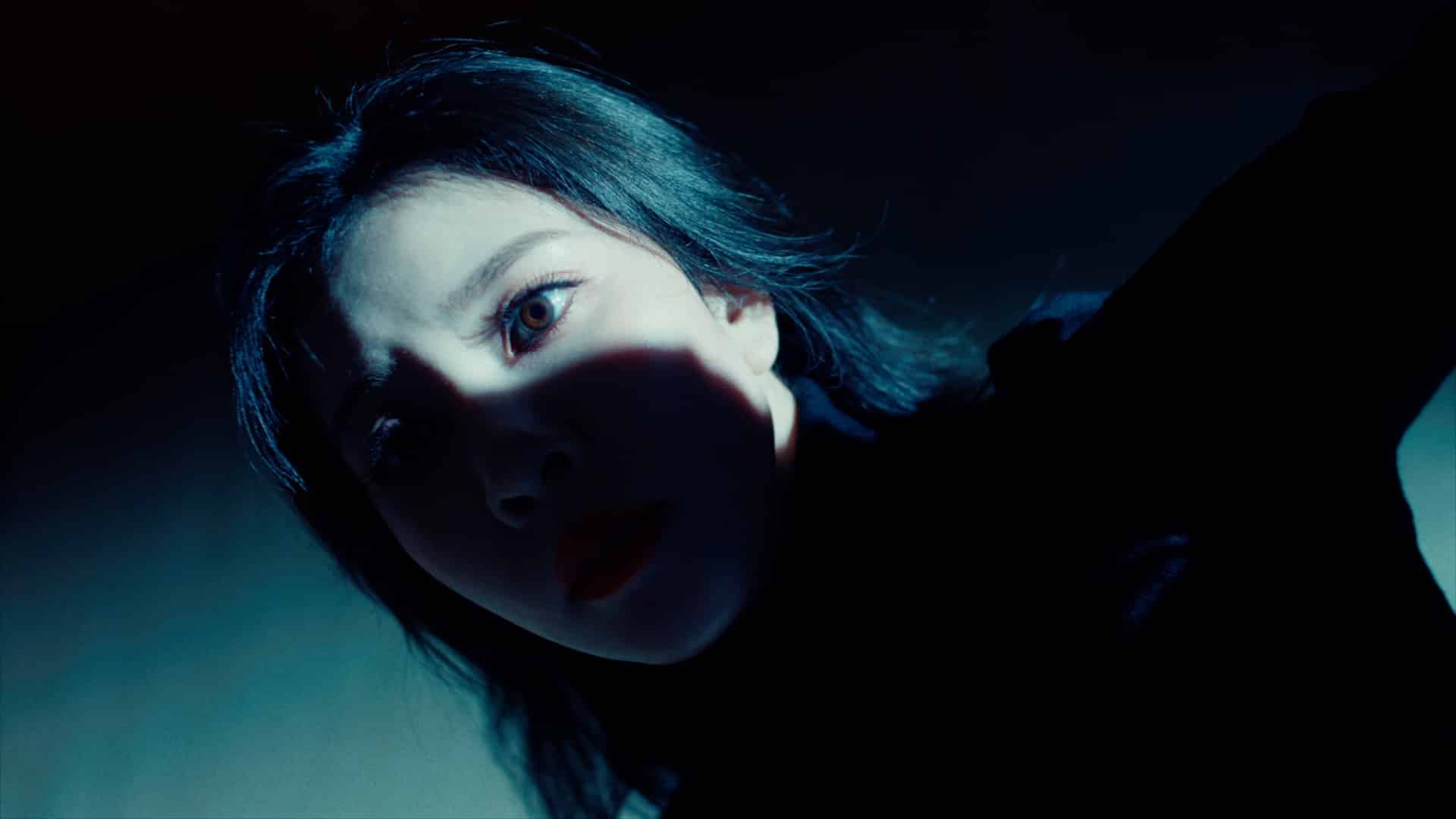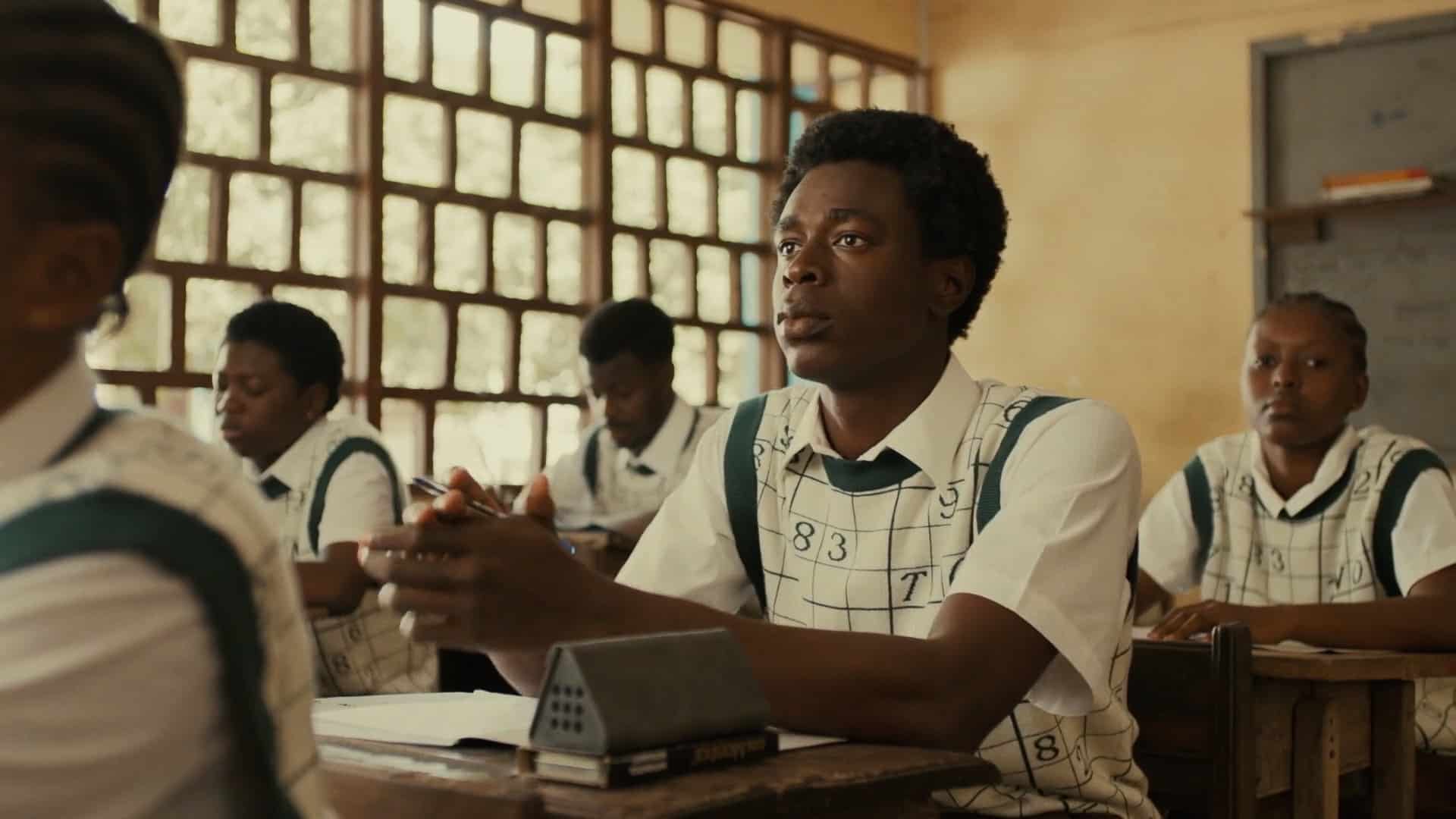Sans Couture
Artist: Amanda Harlech, Nick Knight, Younji Ku
Synopsis:
For the Chanel haute couture A/W 14 show, Karl Lagerfeld sought to create ‘sans couture’ – literally, ‘without sewing’ – by banishing construction lines to the back of his silhouettes, creating pieces that seemed seamless at first glance. On one hand, ‘sans couture’ can be viewed as the highest level of the craft: Lagerfeld has been obsessed with the technical challenge of creating seamless dresses of this kind for years, a preoccupation shared by pioneers like Rudi Gernreich, Issey Miyake and even Madeleine Vionnet, the original architect of fashion. But on another hand, ‘sans couture’ hints at deconstruction; clothes with stitches ripped out, cloth draped, wrapped and bound rather than cut and sewn.
Toying with these ideas are Nick Knight, Amanda Harlech and Alexander Fury who unite on a haute couture shoot, which was streamed live on SHOWstudio. The editorial, which appeared in The Independent, focuses on veiling, wrapping and unwrapping the body, using garments drawn from the latest couture collections with the intent of making abstract marks on the page, a nod to a similar movement in ballet and written music.
Bios:
Amanda Harlech is the long-term creative collaborator of Karl Lagerfeld at Fendi in Rome and Chanel in Paris. She previously worked for a decade with British designer John Galliano, prior to which she was a stylist and Fashion Editor at Harpers & Queen. She is known as designer and photographer Karl Lagerfeld’s ‘eye outside Paris,’ and has been his personal and professional muse and collaborator for a decade. She is often described as Karl Lagerfeld’s ‘muse’, which she herself seems to find inappropriate. ‘If I do have a gift, it is as a map-reader, a pathfinder,’ she says. ‘I don’t think I’m a muse. A muse inspires – but Karl is inspired by a lot of other women, men, books, a piece of furniture, a piece of music’. Lagerfeld himself has described her variously as his collaboratrice, an adviser whose vision he trusts as much as his own.
Harlech penned her first fiction novel, Blame, published in 2013 by Pushkin Press. She currently divides her time between Paris, Rome and Shropshire.
Nick Knight is among the world’s most influential and visionary photographers, as well as the founder and director of the award-winning fashion website SHOWstudio.com. As a fashion photographer, he has consistently challenged conventional notions of beauty and is fêted for his groundbreaking creative collaborations with leading designers including Yohji Yamamoto, John Galliano, Alexander McQueen, as well as advertising campaigns for prestigious clients such as Christian Dior, Lancôme, Swarovski, Levi Strauss, Calvin Klein or Yves Saint Laurent, and award-winning editorials for W, British Vogue, Paris Vogue, and Dazed & Confused. His first book of photographs, “Skinheads”, was published in 1982. He has since produced “Nicknight”, a twelve year retrospective, and “Flora”, a series of flower pictures, both published by Schirmer Mosel. His work has been exhibited at such international art institutions as the Victoria & Albert Museum, Saatchi Gallery, the Photographers’ Gallery and Hayward Gallery. In 1993, he also produced a permanent installation, “Plant Power”, for the Natural History Museum in London.
A long-standing commitment to experimenting with the latest technologies led to Knight launching his fashion website SHOWstudio in 2000 with the aim, in Knight’s own words, of “showing the entire creative process from conception to completion”. SHOWstudio has pioneered the fashion film and is now recognised as the leading force behind this new medium, offering a unique platform that encourages fashion to engage with the moving image in the digital age. Since its inception, SHOWstudio has worked with the world’s most sought-after filmmakers, writers, and influential cultural figures to create visionary online content, exploring every facet of fashion through moving image, illustration, photography and the written word.
Younji Ku creates projected moving image pieces with sound that she constructs herself. She is concerned with the themes of dislocation, alienation and interaction. In staging a performative moment in a gallery or space, she tries to capture a fragile moment of awareness.
Younji’s work often generates anxiety and frustration in its viewers, because of the uncomfortable aspects of human behavior she exposes through media.



